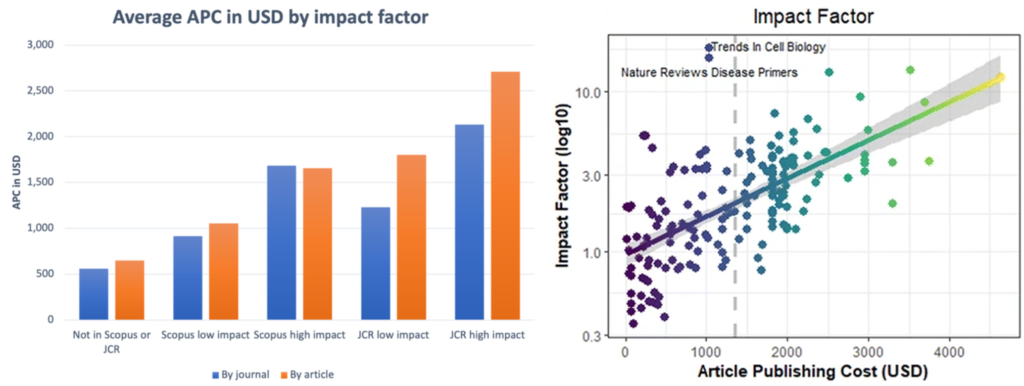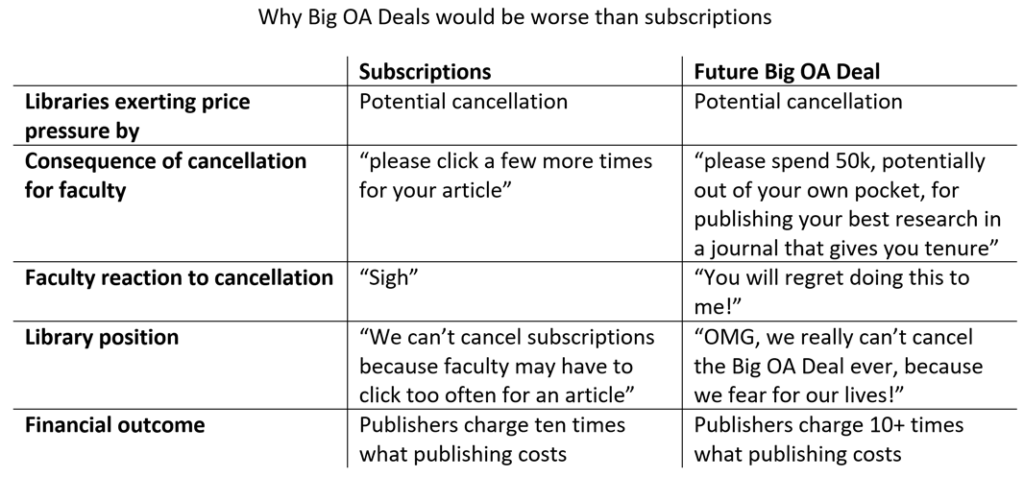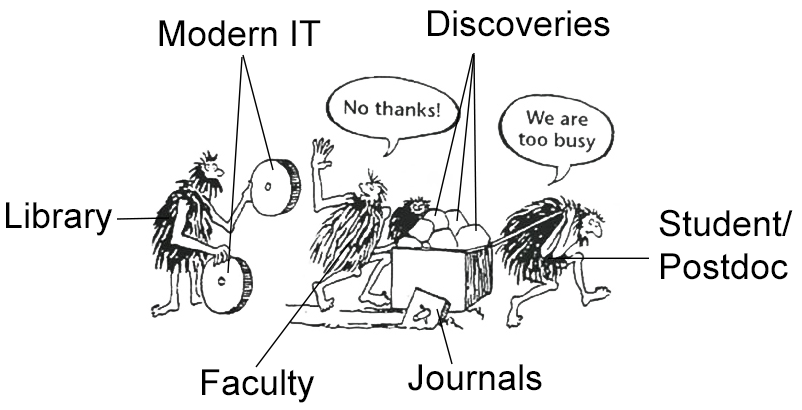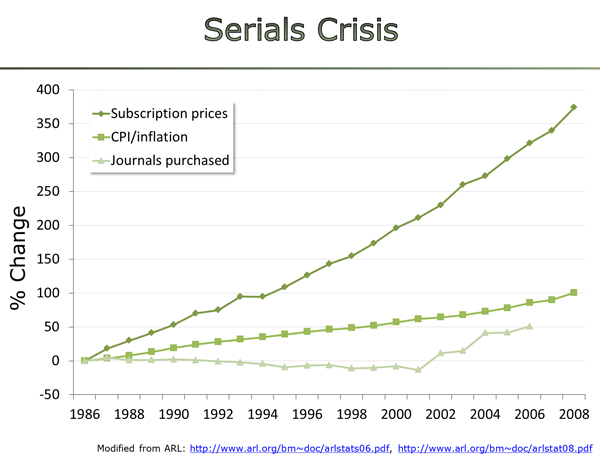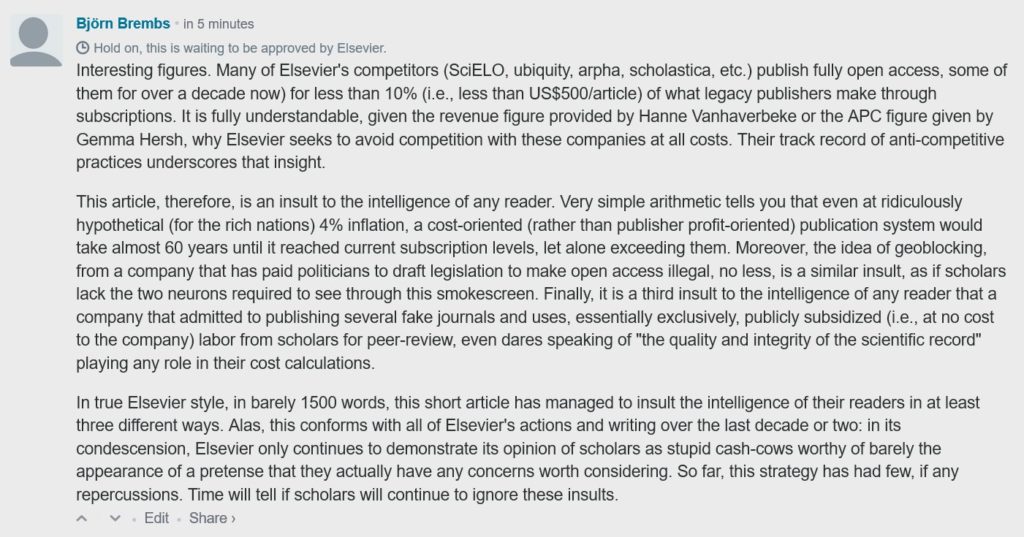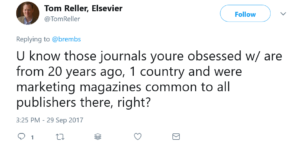The recent publication of the “Ten Principles of Plan S” has sparked numerous discussions among which one of several recurring themes was academic freedom. The cause for these discussions is the insistence of the funders supporting Plan S that their grant recipients only publish in certain venues under certain liberal licensing schemes.
Germany is likely among the countries with the strongest protection of academic freedom, as article five of our constitution explicitly guarantees academic freedom. Historically, this has always included free choice of publishing venue. As modern internet technology keeps encroaching on academic traditions, there is now a lawsuit pending at the constitutional court of Germany in which way open access mandates, requiring scholars to deposit a copy of their published article in an institutional repository, violates academic freedom. The lawsuit was started by several law professors with support of the DHV (main organization representing academic interests in Germany) and the publishers’ organization “Börsenverein”. It will be interesting to see if the traditional and widespread mandates on publishing in certain venues (by sanction of unemployment) will be brought before the court.
I have asked the law professors behind the lawsuit on their opinion about the current infringements on academic freedom by employers, but did not receive a reply. An independent question to a practicing lawyer specialized in constitutional law was answered with the current requirements being in principle equivalent infringements on academic freedom, as open access mandates, if they even are considered infringements. However, the lawyer advised to wait until the current ruling has been published and that a suit could only be brought by affected parties. In Switzerland, a law professor recently confirmed the conclusion of the German lawyer that both funder mandates and employer requirements can be considered equivalent. In this case, his conclusion was that neither infringe on academic freedom.
Thus, even in Germany, a country with arguably one of the strongest, constitutional protections of academic freedom, it is far from certain if any/all requirements for publication venue may constitute an infringement on these constitutional rights. Ongoing legal proceedings will help clarify this question. As a non-lawyer I would tend to argue that in case open access mandates are considered as violations of academic freedom, also the requirements to publish in certain journals must fall. Conversely, if current practice is no infringement, neither are open access mandates.
For the main argument of this post, however, let’s assume both funder and employer mandates were considered an infringement of academic freedom, i.e., the German constitutional court bans all and every policy to push academics into publishing in certain places, whether that be funder or employer requirements. Would such a strong interpretation of academic freedom automatically entail that the tax-payer has to fund every possible publication venue an academic might choose?
Let’s imagine some amusing hypothetical scenarios. The scenarios are not meant to be realistic, but exemplify the difficulty to negotiate individual freedoms with responsible spending of public funds:
- A group of ecologists makes an exciting discovery about local wildlife and they decide to exercise their academic freedom and publish their discovery by buying billboard space across the region, to alert the general public of the precious finding.
- A group of biomedical researchers finds a novel drug target for a deadly disease and they decide to exercise their academic freedom and publish their discovery by publishing it in double page advertisements in major newspapers to make sure every drug maker in the world receives enough information to develop the cure.
- A group of social psychologists discovers that cluttered environments promote racist language and theft. They decide to exercise their academic freedom and publish their discovery in a prestigious subscription journal. The collective price of the subscriptions to this journal averages to about 100 times the technical publishing costs of the article. On top of the exorbitant price tag, the journal paywall and policies limit both access to the research and the data upon which the publication rests.
- A group of geneticists discovers a new mechanism of inheritance and they decide to publish their results in a prestigious journal. The journal recently flipped from the subscription model to author-pays, ‘gold’ open access. Because their chosen journal is highly selective, which is the basis of its prestige, the author-side fee is 200 times that of the technical costs of publishing the article.
Obviously, all four of these scenarios are ‘batshit crazy’ and nobody in their right mind would even try to defend any of these against tax-payer (or general accounting office) scrutiny or try to align them with university spending rules. And yet, scenario number three is current reality and number four may soon be reality, if Plan S and other such funder policies that support ‘gold’ open access were to become standard practice (see here for more reasons why this aspect could lead to severe unintended consequences).
Arguing from a strong point of academic freedom, would one, therefore, to be consistent, require that all scenarios should be funded by the tax-payer, or none? If all should be funded, where should the funds come from to pay even the most outrageously extravagant venues academics might choose? If none ought to be funded, what are the rules based on which these decisions are to be made?
Squaring constitutional rights with public spending is not an easy task. Since I am no legal scholar by any stretch of the imagination, I would tend to argue with the common notion that my freedom to swing my arms ends at your nose (a saying I learned from Timothy Gowers). Publicly funded institutions commonly have to obey strict spending rules. This has a long tradition as this document from 1942 shows:
The awarding of contracts by municipal and other public corporations is of vital importance to all of us, as citizens and taxpayers. Careless and inefficient standards and procedures for awarding these important community commitments have increased unnecessarily the tax burdens of the public. To secure a standard by which the awarding of public contracts can be made efficiently and economically, and with fairness to both the community and the bidders, the constitutions of some states, and the statutes regulating municipal and public corporations provide for the award of public contracts to the lowest responsible bidder.
Who would argue that academic freedom should exempt academics from such spending rules? On the contrary, shouldn’t these spending rules require public institutions to find the most cost-effective way to fulfill their mission, regardless of what venue academics might prefer to publish in? This latter consequence would entail that buying subscription access to publicly funded scholarly works does not qualify as a cost worth spending public money on. How can institutions escape such violation of their spending rules while simultaneously allowing their faculty to exercise their academic freedom?
Here, I suggest that the current, rational, modern resolution of the conflict between academic freedom and spending rules is to provide academics with a cost-effective publishing infrastructure and provide them with the freedom decide whether they want to use it or not. The infrastructure would be maintained by the institutions and either serviced by them or by bidding contractors, as any other infrastructure. Scholars have the choice to either use this infrastructure at no cost to them or find funds to choose any other venue. Given the current abysmal state of publishing functionality, together with the extinction of existing journals without subscription funding, a quite rapid shift in publishing culture would be expected.
As current subscription spending is roughly ten times of what is needed to keep publishing going at current levels, so one would not expect much of a disruption from obeying spending rules also in academic publishing. On the contrary, 90% of current funds would, if these spending levels were sustained, help improve upon current publishing user experience and help innovate to implement a modern infrastructure that services not only our text, but also our data and code.
